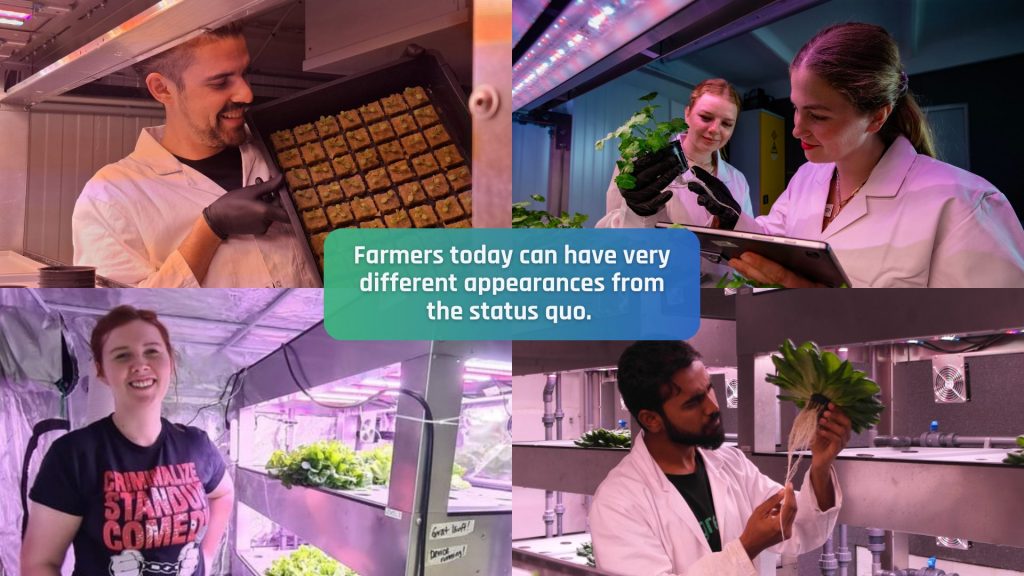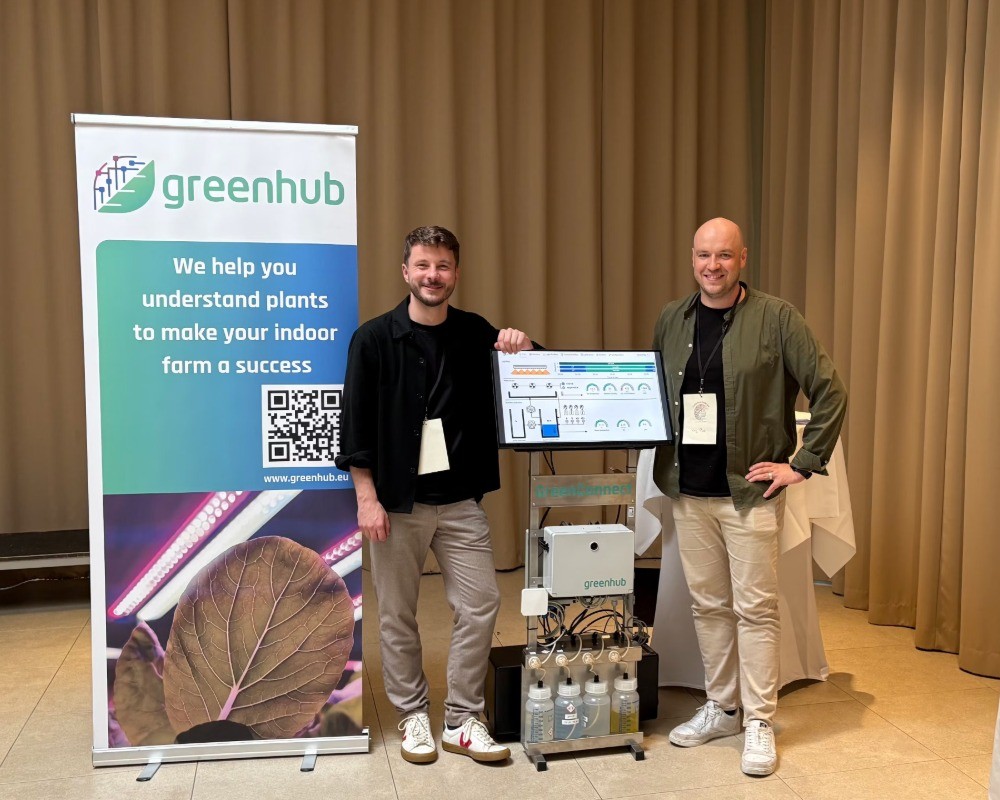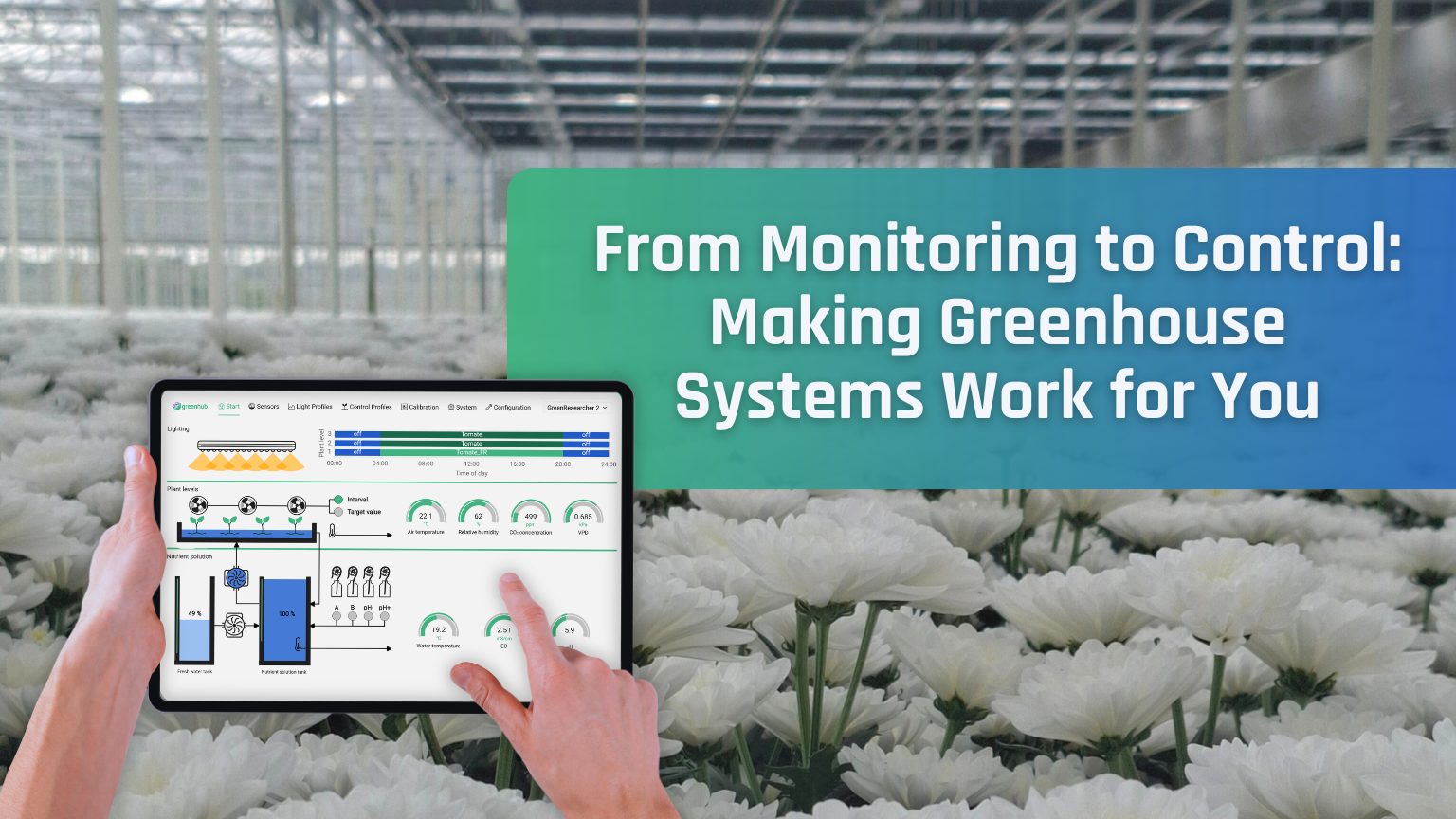When you picture a farmer in Europe, who comes to mind? Most likely an older man living in the countryside and the statistics confirm it. Nearly 68.4% of farm managers in the EU are male, while 31.6% are female, even though women’s share has grown from 26.4% in 2005 (Eurostat, 2020). This means that when someone searches for a farmer online, the images rarely show women, nearly one third of farms are being managed by women in europe.
Depending on the country, this picture can look very different: in Lithuania and Latvia almost half of farms are managed by women, while in Malta and Germany it’s fewer than one in ten (Eurostat, 2020). Age adds another layer to the story. The average farm manager is 57 years old, with 57.6% aged 55 or older, and just 11.9% under 40 (Eurostat, 2020; Eurostat, 2023). In other words, the farmer you imagined at the start isn’t just a stereotype; it’s today’s reality. At greenhub, we are aware that we currently reflect the status quo of agriculture. A male-dominated team that wants to bring about change and lead by example?
Globally, the FAO reports that 43% of farm workforce are women (FAO: The role of women in agriculture, 2011), yet when you search online for “farmer” or “farm manager,” images of women are still rare. At greenhub, we’re part of that redefinition, too. We know that our own team and network don’t yet reflect the full diversity that agriculture deserves. But we’re working on it by opening new entry points, collaborating across disciplines, and amplifying stories that challenge traditional images of who a farmer is.
The mismatch between perception and reality matters, especially as farming faces a perfect storm: fewer farmers overall, disappearing knowledge, and growing pressure on food systems. The question of who will produce our food naturally arises when you see the figures below.
Fewer young people are stepping into agriculture, regardless of gender. The sector has a reputation problem: it doesn’t look like an appealing career. Why? Because farming today is often seen as isolating, financially unstable, and incredibly demanding. It requires deep knowledge and experience that’s hard to acquire unless you grow up in it.

Losing the Farmer, Losing the Knowledge
When you visit a grower, you rarely see a grower B, a younger one in training. In bigger operations with multiple growing locations, when you ask how old the growers are at that location, you rarely hear someone below 50. In a few years these top growers and talented people will retire, and it is nearly impossible to train someone new into the job without being worked in for at least 3 years, to make decisions on your own based on intuition, this was told to us by a chicory company. One of the most profound threats to agriculture today isn’t just climate change or global trade pressure. It’s the loss of people. Human capital, the knowledge and experience that farmers carry with them, is disappearing fast (Farmer-led Research on Europe’s Full Productivity | EARA, 2025).
When older farmers retire, they don’t just leave their land. They take with them decades of experience, intuition, and practical wisdom that can’t be captured in textbooks or software (Generational renewal in EU agriculture, 2025). This “tacit knowledge” is essential for sustainable land management and for adapting to climate change (Generational renewal in EU agriculture, 2025). Lack of access to this knowledge is a major reason young people do not pursue a career as farmers. Even though theoretical knowledge is reportedly higher than ever, practical knowledge is lacking and causes insecurity (Generational renewal in EU agriculture, 2025).
What is this tacit knowledge exactly, and why is it so hard to capture with AI? In traditional environments, especially in the open field or in greenhouses that are not fully controlled, farm management is complex and highly site-specific. The environmental context is decisive and changes every minute, sometimes every second (Farmer Intuition Improves Management Decisions, 2023). Success depends on adapting to shifting conditions that cannot be fully represented by standardized models, let alone directly reflected in impact.
A tangible example: how much has higher wind impacted my transpiration if it didn’t rain? Are my roots long enough to access the groundwater today, or am I losing a valuable growing day by not irrigating right now? Farmers often face situations where decisions must be made too quickly for detailed calculations, relying instead on intuition and accumulated experience to manage risks in a constantly changing environment.
This kind of learning includes practical details such as how soil and climate conditions ultimately shape productivity more than technology or capital; how keeping a soil cover improves water retention and stabilizes temperatures; or how to choose crop varieties that are adapted to local growing conditions. It also involves the knowledge shared through farmer-led breeding and seed exchange (Adapting to Smart Farming: Communication Media and Local Knowledge in Overcoming Technical Challenges, 2024). While formal education may provide formulas for irrigation, in practice success often comes down to knowing the best moment in the day to irrigate, and how much, depending on wind, temperature, clouds, and shade. These subtle but constant adjustments are what allow experienced farmers to maintain healthy, productive systems.

Why Automation Is Not the Enemy
For many, the idea of automation in farming raises alarm bells. We understand this, too many times farmers and growers have been asked to give their data away. For it to be sold back to them later, with insights on top, often inapplicable and not in the right context. While their data is being used for free to train AI tools, only to have to chat with a chatbot later that is not helpful either. We are delighted Laura that you came to talk to us. They are fed up churn on AI solutions is rising due to this inhuman way of handling problems, and it raises the question “what is the AI even supposed to think about for me?” (Fruit logistica trend report, 2024). Growers want solutions, not just tech for techs sake as Loretta di loro stated in the Igrownetwork earlier.
Trained labor workers and even untrained ones are getting more and more expensive. There are also less of them by the day, If getting laborers is a problem for you, automation can be a solution. About 5.5 million people work as farm laborers and gardeners, making up nearly 3% of total EU employment in 2022, and this number has been shrinking even as overall EU employment grows (CEDEFOP, 2023). Most of these workers are men (71%), and just over half have upper secondary or post-secondary non-tertiary education (CEDEFOP, 2023). Pay varies widely, and for seasonal and migrant workers about one in four experience tough conditions: long hours, low pay, limited healthcare, and often substandard housing (EU Reporter, 2023; Oxfam International, 2023; European Commission, 2024; Eurofound, 2023). First, automation can relieve the hardest, most repetitive work (The Agriculture Labor Shortage: Challenges and Solutions Through Automation, 2025). Modern farming is physically demanding and often unattractive to young people, partly because it is seen as isolating, unstable, and punishingly hard (Futureproofing the vision for agriculture and food, 2025). Robots and smart machines can take over repetitive, time-consuming, or unsafe tasks, like weeding or hours of manual inspections. By reducing the physical burden, technology gives farmers the chance to focus on higher-value, decision-based work and makes the job itself more dignified as human decision-making is still needed (Adapting to smart farming: communication media and local knowledge in overcoming technical challenges, 2024; Fruit Logistica trend report, 2024).
Most research in the sector is not applied, insights covered under academic lingo and in units that do not match what growers work with, without clear instructions on how to scale the insight or make it commercially viable and applicable. So much of the investment going into research, which is done with high hopes of impact, gets lost after a publication. Automation can help preserve and expand knowledge and help put it in the right context. Artificial intelligence, sensors, and digital archives can capture the wisdom of traditional farming practices, heirloom seed traits, and local crop behavior, ensuring these insights are not lost when older generations retire (How Do We Preserve Cultural Farming Traditions Amidst AI Integration?, 2025). Indoor farming systems, such as vertical farming, remove much of this environmental context and unplanned variability (Fruit Logistica trend report, 2024). By creating a controlled climate, they make production easier to standardize and replicate across different locations.
Attracting the Next Generation
We often get approached by people wanting to start a microgreens side business. Usually they have a background in software development and it or are engineers. They lack biological knowledge but found us through the thing we have in common which is software. Only 6.5% of farm managers are under 35 (Strategic Dialogue on the Future of EU Agriculture, 2024), meaning a whole generation is stepping out of farming. Without young people entering the sector, Europe risks losing not just food production capacity, but also the diversity, resilience, and cultural identity of rural areas (Strategic Dialogue on the Future of EU Agriculture, 2024). Fresh generations bring energy, innovation, and the willingness to invest in long-term sustainability. They are more likely to adopt new practices, experiment with climate-friendly methods, and see returns from these choices over time (Strategic Dialogue on the Future of EU Agriculture, 2024).
The European Council of Young Farmers (CEJA) lists issues including low ambition of beginner courses, difficult accessibility and affordability of higher education, limited opportunities for lifelong training, and suboptimal bridges with research (Generational renewal in EU agriculture, 2025).
But the reality on the ground in Europe is harder. About 5.5 million people work as farm laborers and gardeners, making up nearly 3% of total EU employment in 2022, and this number has been shrinking even as overall EU employment grows (CEDEFOP, 2023). Most of these workers are men (71%), and just over half have upper secondary or post-secondary non-tertiary education (CEDEFOP, 2023). Pay varies widely, and for seasonal and migrant workers about one in four experience tough conditions: long hours, low pay, limited healthcare, and often substandard housing (EU Reporter, 2023; Oxfam International, 2023; European Commission, 2024; Eurofound, 2023).

Another unutilized gain: Men and Women in Farming
Agriculture in Europe has always carried a gender gap (Ensuring food security and the long-term resilience of EU agriculture, 2023). Women account for only about 30% of the EU’s agricultural workforce, and just a third of farms are managed by women (Eurostat, 2020). This is not just a question of equality it is a structural weakness. Limited access to land, credit, and decision-making roles has meant that half of Europe’s potential talent pool remains underutilized at precisely the moment when renewal is most needed (Ensuring food security and the long-term resilience of EU agriculture, 2023).
As Europe’s farmers age and farm numbers decline, inclusion becomes critical (Strategic Dialogue on the Future of EU Agriculture, 2024). The sector cannot afford to exclude women if it is to remain productive, resilient, and secure. As the European Environment Information and Observation Network wrote, mMore women in farming means more innovation, stronger rural communities, and a more balanced approach to food system challenges (Exploring multiple pathways and policy mixes for transforming European food systems, 2024).But especially the stronger rural communities become a challenge. Urbanization continues to draw especially young and educated women from rural to urban areas, creating demographic imbalances and accelerating population decline in the countryside. While women in rural Europe often achieve higher education levels than men, they face lower employment rates and fewer opportunities due to limited infrastructure, childcare, and flexible work options. This gender-biased migration leaves rural areas older, more male, and economically weaker, reinforcing cycles of out-migration and service loss. (Our world in data – Urbanization, March 2025 Young women in cities: Urbanization and gender-biased migration; Urban-rural Europe – women and men living in rural areas)
Encouragingly, the transition toward digital and sustainable farming is creating new entry points (Farmer-led Research on Europe’s Full Productivity, 2025) for people moving to urban areas, especially women, to create a more diverse future for agriculture. Emerging roles in data analysis, robotics, system maintenance, and agri-entrepreneurship are opening the sector to diverse skill sets. Regenerative farming movements are already attracting young female farmers, while technology-driven models such as vertical farming are drawing in a digitally skilled and sustainability-focused generation (Urban vertical farming: innovation for food security and social impact?, 2025).
Policy frameworks are essential. Member States can make rural life more accessible by improving services like childcare and elder care (Ensuring food security and the long-term resilience of EU agriculture, 2023). EU instruments such as EIB loan packages should adopt gender-transformative budgeting to actively support women and young farmers (Strategic Dialogue on the Future of EU Agriculture, 2024). Stronger legal rights, better access to entrepreneurship support, and formal inclusion in food security decision-making are all necessary steps.
Redefining who gets to be a farmer
European farming is losing people and with them, decades of experience and intuition. Veteran greenhouse and field growers know exactly how subtle shifts in wind, sunlight, or soil moisture affect crops. They understand which varieties thrive in specific microclimates and when to intervene to save a harvest. When these growers retire, this tacit knowledge often leaves with them, creating a gap that textbooks and research alone can’t fill.
Meanwhile, young people and women who could bring fresh ideas and skills often face high barriers to entry: land is expensive, practical experience is hard to acquire, and traditional farming can feel inaccessible. An inpopular and unused resource for europe.
greenhub bridges these gaps. Our GreenFarm OS and Growing Algorithm capture the experience of veteran growers, preserve it digitally, and make it usable for both beginners and experts. For the experienced greenhouse grower, this means decades of practical intuition can be combined with the latest research, automatically contextualized through sensors, digital twins, and data-driven insights. Our GreenResearcher and the network that it fosters is a living testament of making innovation actionable in our commercial systems GreenConnect and GreenPro. Suddenly, they can test new crop varieties, optimize nutrient recipes, and refine climate strategies without guesswork, turning their hard-earned knowledge into ongoing innovation.
At the same time, young aspiring farmers can learn in a hands-on, safe, and accessible way. They can transform empty buildings into vertical farms, run microgreen operations alongside other work, and see exactly how environmental conditions impact plant growth. Through hybrid systems, beginners also get guided exposure to traditional greenhouse practices, creating a living bridge between generations.
Collaboration is key. By bringing together diverse disciplines agronomy, biology, software, engineering greenhub ensures knowledge flows both ways. This is also, where AI can actually help. Automation complements intuition; CEA lowers entry barriers while preserving and amplifying the wisdom of experienced growers. Both beginners and veterans benefit: one gains a place to start and learn, the other gains a platform to innovate further.

Conclusion: Shaping the Farmer of Tomorrow
The farmer of tomorrow is not the image most people still picture: an older man in a rural field. Farming in Europe is changing, and it’s time for the world to see it. Women are leading innovation, young people are starting vertical farms in cities, and tech-savvy growers are combining science, coding, and traditional know-how to produce food sustainably.
At greenhub, we see these stories every day. We capture and preserve the knowledge of experienced growers, make it accessible to newcomers, and connect diverse talents across disciplines. But knowledge alone isn’t enough, the image of agriculture must change. Hidden women, innovative beginners, urban growers, and new green-collar professionals need to be visible, celebrated, and recognized.
This is where you come in. By sharing your story, your experiments, or even a single photo of your farm, you can inspire the next generation. Every story makes agriculture more approachable, more exciting, and more inclusive. At a time when Europe desperately needs new farmers, your visibility could be the spark that brings someone into the sector, whether they choose a traditional greenhouse, a vertical farm, or a hybrid path.
The future of farming is hybrid between generations, genders, and technologies.
If we redefine who can be a farmer, preserve their knowledge digitally, and make agriculture visible and inspiring again, we can turn today’s crisis of succession into an opportunity for renewal or simply put the farmer of tomorrow could be anyone the challenge is making them want to be.
Find out more about our new innovation.
With GreenConnect, we link existing indoor farms to the latest automation technology.






